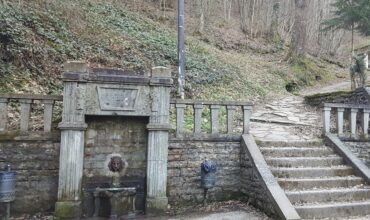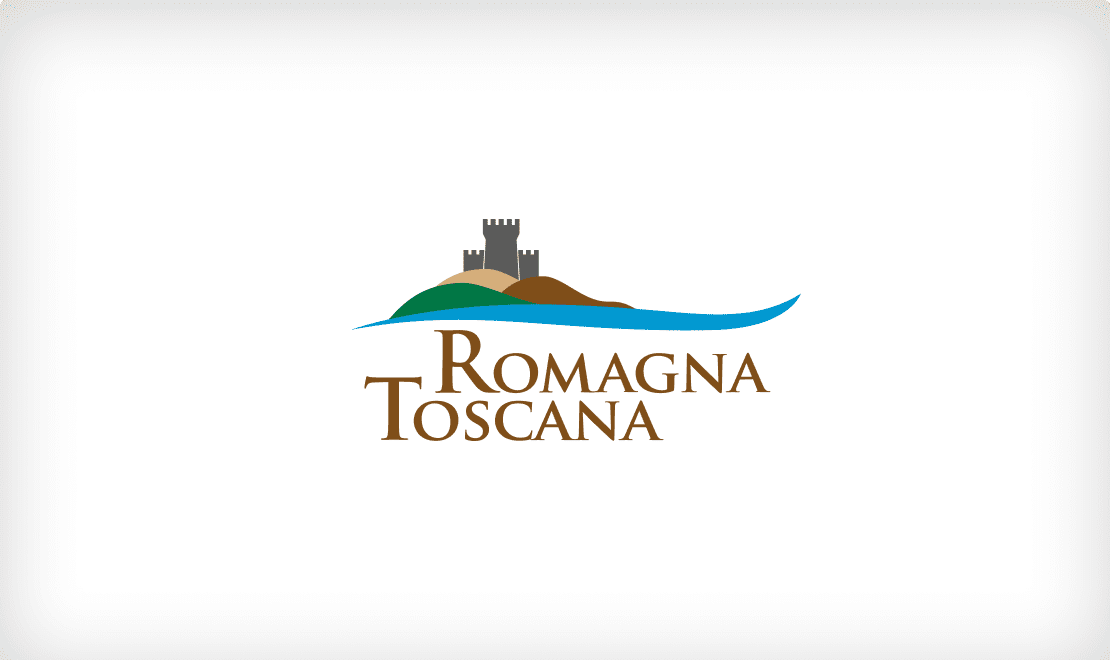The industriousness of the bees always contributes to environmental protection and the production of nectar, treat with remarkable nutritional properties. Honey and propolis are fruit of laborious activity of bees, a real company who strives relentlessly in collecting pollen.
The honeys of the Apennines offer flavours and aromas of great intensity, that best express the characteristics of the territory. Along the Apennine range grow many nectar-rich plants: chestnut, Blueberry and sainfoin are just some of the varieties of plants that are appreciated by bees.
The taste of mountain honey is between sweet and sour, but it smells and tastes change from year to year, depending of the blooms that most prevail.
Throughout the Apennine area is typical for the so-called honey Ridge, usually composed of nectar of sainfoin, Bramble, raspberry and wild plum. In the area preappenninica produces the lime honey plant characteristic of these latitudes. The lime-tree flowers between May and July and the nectar that releases aromatic flavor and amber colours presents.
In the area of Melbourne and Santa Sofia honeydew is produced by FIR. Honeydew is produced from the SAP of aphids and is the result of a mix of multiple species, usually has a dark color, a typical caramelised balsamic flavor and smell.
















